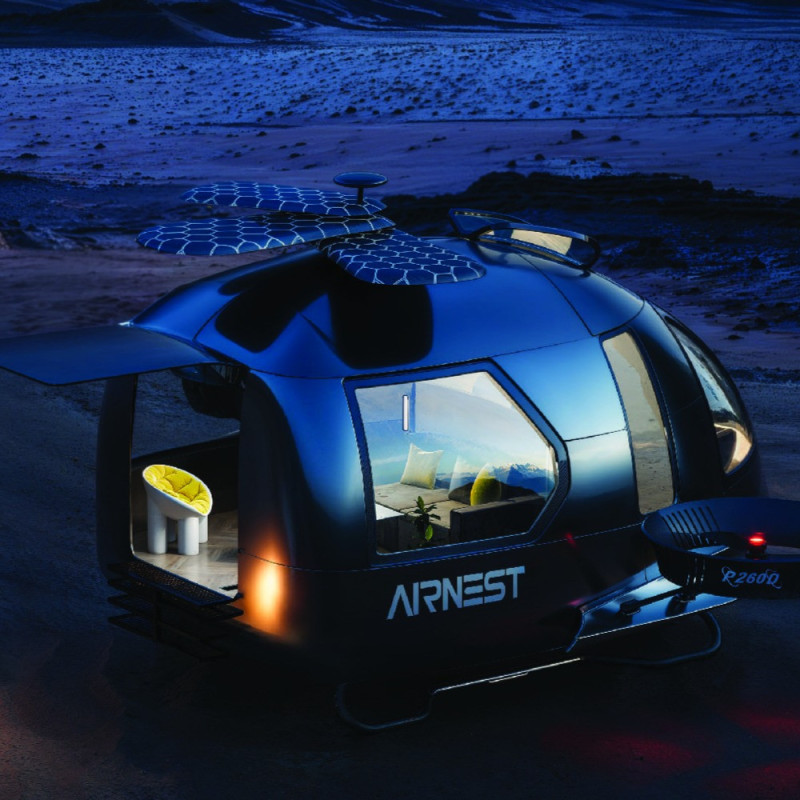5 key facts about this project
The architectural design is characterized by its clear structural lines and a deliberate play with forms that seamlessly blend with the topography of the site. This project represents a modern interpretation of traditional design elements, incorporating local materials and craftsmanship, which yields a familiar yet distinct presence in the locale. The thoughtful juxtaposition of open and enclosed spaces allows for versatile usage, making it suitable for both community gatherings and individual solitude.
Particular attention has been given to the facade, which employs a combination of glass and natural stone that not only enhances aesthetic appeal but also contributes to the building's thermal performance. Large windows strategically positioned throughout the structure invite natural light, creating a warm and inviting atmosphere conducive to various activities. The translucency of the glass offers opportunities for visual connection with the outdoors while maintaining comfortable interior environments. The use of locally sourced stone adds textural richness and contributes to sustainability goals by minimizing the carbon footprint associated with material transportation.
Inside, the project employs an open floor plan that fosters flexibility, allowing spaces to be adapted for varied functions over time. Key functional areas include communal areas that encourage gathering and socialization, as well as private niches designed for focused work or relaxation. The deliberate layering of spaces provides a balance between openness and enclosure, ensuring that each area is fit for its intended purpose.
One of the unique design approaches of this project is its strong emphasis on sustainability. Beyond the selective choice of materials, the design incorporates passive strategies such as natural ventilation and shading, reducing reliance on mechanical systems. Roof gardens and green terraces connect users with nature, contributing to biodiversity while also promoting mental well-being. This holistic approach not only addresses environmental concerns but also enhances the overall user experience.
The project encapsulates innovative architectural ideas by integrating technology with design. Smart systems manage energy consumption and enhance the utility of the building, ensuring that it operates efficiently without compromising comfort or engagement. This convergence of technology and architecture exemplifies a forward-thinking approach that responds to contemporary needs while anticipating future challenges.
The delicate balance of form and function is evident in every detail. Interior finishes prioritize durability while providing an inviting aesthetic, ensuring that spaces remain both practical and beautiful. This project represents a significant contribution to the architectural discourse in its region, encouraging a dialogue about the role of contemporary design in urban development.
Those interested in a deeper understanding of this architectural project are encouraged to explore the presentation materials, which include architectural plans, sections, and detailed designs. These elements illustrate the thoughtful consideration given to each aspect of the design, showcasing how architectural ideas can effectively address functional needs while enhancing the overall experience of the space. By delving into the details of this project, one can appreciate the intricacies of modern architecture and the careful planning that informs every decision made throughout the design process.


 Gaby Hakim,
Gaby Hakim,  Tharinoula Konstantinidi
Tharinoula Konstantinidi 




















